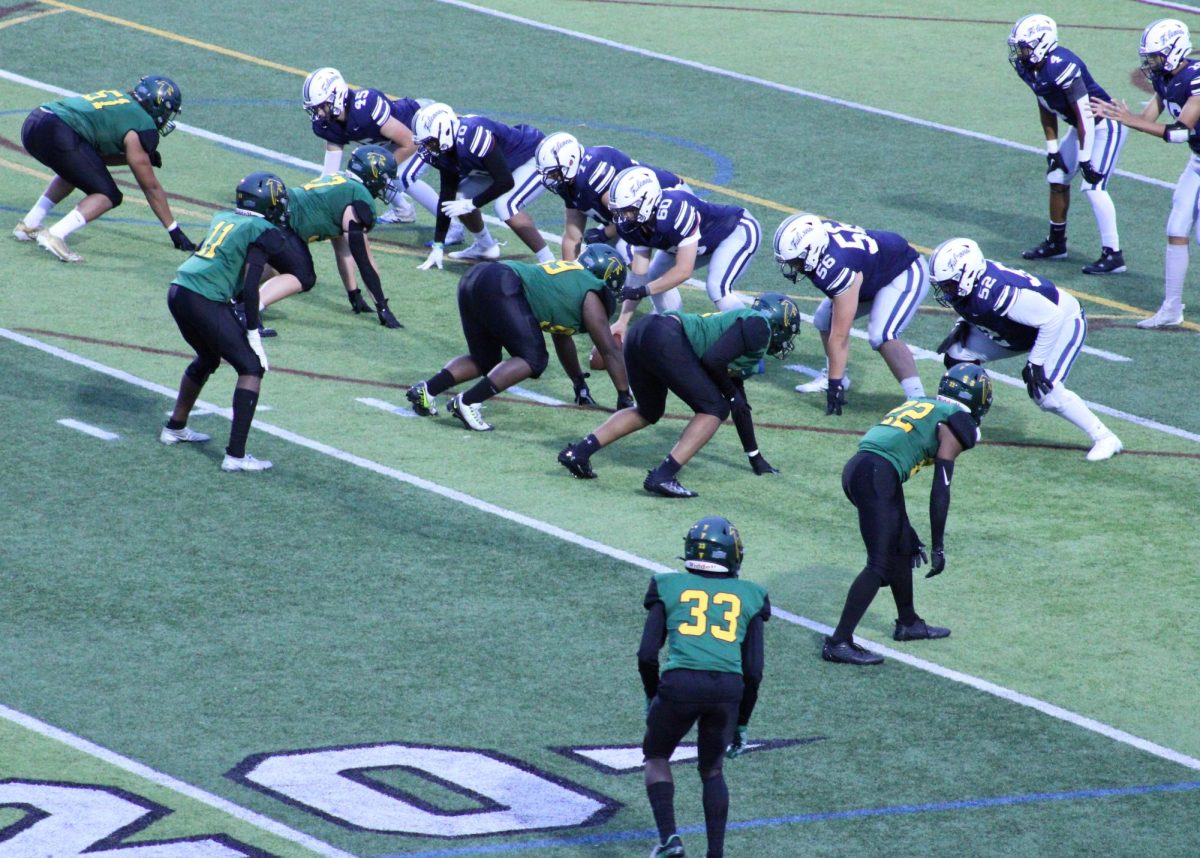Do you believe that expressing all parts yourself is important? Using creativity to express yourself, whether through clothing or makeup, is significant to many people. People also prioritize representation for their races, ethnicities, religions and sexuality. Representation is prioritized now more than it ever was before.
Bratz does an exceptional job of expressing unique fashion and diversity. Bratz’s goal as a company is to show a “Passion for Fashion” to motivate fashion and validate creativity while including everyone. The first set of Bratz dolls, released in 2001, represented a variety of ethnicities. Sasha is a Black Bratz doll with long coily brown hair, who dresses in an orange multicolored top and jeans with orange accents. Jade is Asian with silky black hair, dresses in a pink cropped hoodie, green flare pants and a pink belt. Yasmin is Middle Eastern/Latina, has her light brown hair braided back and dresses in a pink tube top and white flare jeans. Cloe is white with blonde hair, dresses in gray flare jeans, a blue top and a belt. They all appear with big eyes and bright makeup. The dolls are wearing Y2K style, a prevalent fashion style at Groves.
On the other hand, Barbie had a basic eye for fashion and wasn’t initially inclusive. The first official Barbie was released in March of 1959, the tall, slim, white, blue-eyed Barbie we know today. In 1966, a dark-skinned doll was released as “Colored Francie.” Francie had the same body as Barbie but was “colored”, the clothes were interchangeable, but there was no excuse for the hair; Her hair was pin-straight. African hair is difficult to straighten without a hot iron; the doll should’ve had more realistic physical features for African-Americans. For 20 years, Barbie’s common attire made her incomparable to youth of color. Some girls could look in stores and see a doll version staring back at them, other girls couldn’t compare themselves to the dolls on the shelves. It took Barbie until 1979, 20 years later, to release an actual African-American Barbie. Black Barbie was represented culturally and appropriately with her dark brown curly afro. She wore a long flowy red dress with gold accents, red heels and large red earrings.

Over the past 40 years, Barbie has made an exceptional comeback regarding inclusion and diversity. Barbie has released many dolls representing people of different colors, cultures and conditions. Not to mention the recent “Barbie” movie, did an extraordinary job of crushing the patriarchy and representing tons of diversity. This includes having African American and LGBTQ cast members. Issa Rae is an African-American actress, writer, and producer, she played the president in the Barbie movie. Kate Mckinnon is an openly LGBTQ actress, she played Weird Barbie in the movie. Amazingly, “Barbie” realizes that inclusion and diversity are important, just like Groves.
Students were asked if they were team Barbie or Bratz. “I feel like Bratz had a more diverse standpoint on everything… Barbie was mostly blond, tall, white girls and Bratz had Hispanic, Black, Asian, they had diversity to it,” said Grace Usher.
Lots are team Barbie. “I grew up watching Barbie, playing with Barbies and everything, I really like the movie too. I never really took as much interest in Bratz,” said Katelyn Emerick.
There were lots of comments about inclusivity and Bratz. “Just because I feel like it’s more inclusive. Even though Barbie tries to be inclusive, and do everything, I just like Bratz more,” said Christina Jones.
There were also comments about Barbie’s inclusivity today. “I like how broad and inclusive it is. There are so many things you can do with Barbie, there are so many careers, it is less specific to one thing,” said Emerick.
Groves students were also asked what stands out about that doll the most. “Fashion, the fashion was better than Barbie. It gave more hip-hop and culture, Barbie was more Malibu Valley girl,” said Usher about Bratz dolls.
The style of Bratz seems to stand out to Groves students. “The different kinds of Bratz, and I like their facial features better, and I like the way they’re styled and I think they’re cooler,” said Jones.
Ten Groves students were asked if they were team Bratz or Barbie before the publication of this article. The votes were fifty-fifty. Groves as a community enforces, giving back, respect, open-mindedness, value, empowerment and support; we’re happy to see Bratz and Barbie do the same. Bratz has always had a goal to include everyone, and even though Barbie didn’t at first, they made an exceptional comeback. Bratz and Barbie promote inclusivity by representing people of all different races, ethnicities, religions and sexualities through their dolls. Both companies have realized the importance of giving all people equal opportunities, as well as empowering everyone. After reading this article would you consider yourself team Bratz or Barbie?




































